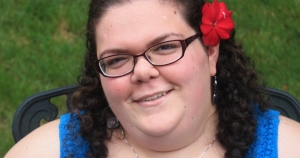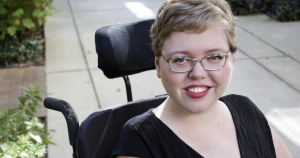
Looking Back at 2016, and Looking Ahead to 2017
We take a moment to look back at our favorite posts and reads of the year, and to look ahead to the substantial changes 2017 will bring at Disability in Kidlit.

We take a moment to look back at our favorite posts and reads of the year, and to look ahead to the substantial changes 2017 will bring at Disability in Kidlit.

The “autism voice”—characterized by narrative devices and a detached character voice—tends to portray autistic characters as unworldly, hyper-rational blank slates defined purely by a series of unusual behaviors.

A snarky New York Times column referred to CFS as “yuppie flu,” and oh, it was hilarious. Those silly rich people imagining themselves sick!

With one word, one look, it hit me that my experience really was abnormal.

Writing disability respectfully can be difficult, especially in the midst of large, seemingly contradictory conversations about representation. How should frustrated or concerned authors approach this?

The two or three months I managed to get by on the reduced dose were enough to convince me: My psychiatrist is lying. I don’t need medication. I’m fine. I can beat this. Until, of course, I couldn’t.

All too often, portrayals of disability in literature mirror the common assumption that disability signifies helplessness.

When characters with disabilities are portrayed as inspirational or overcoming obstacles just for living their daily lives, it sends a message that a life with a disability is a burden. What message does that send to young people?

Masturbation (and sexuality in general), particularly for girls, is widely stigmatized. But on top of that stigma, I had this body that was utterly different from the bodies around me. It was different and therefore wrong.
What you won’t be able to see when you first meet me is this: I’m a published author. I read all the time. I write all the time, too. I dictate, using an old-fashioned cassette recorder, and my mother types up my finished drafts.